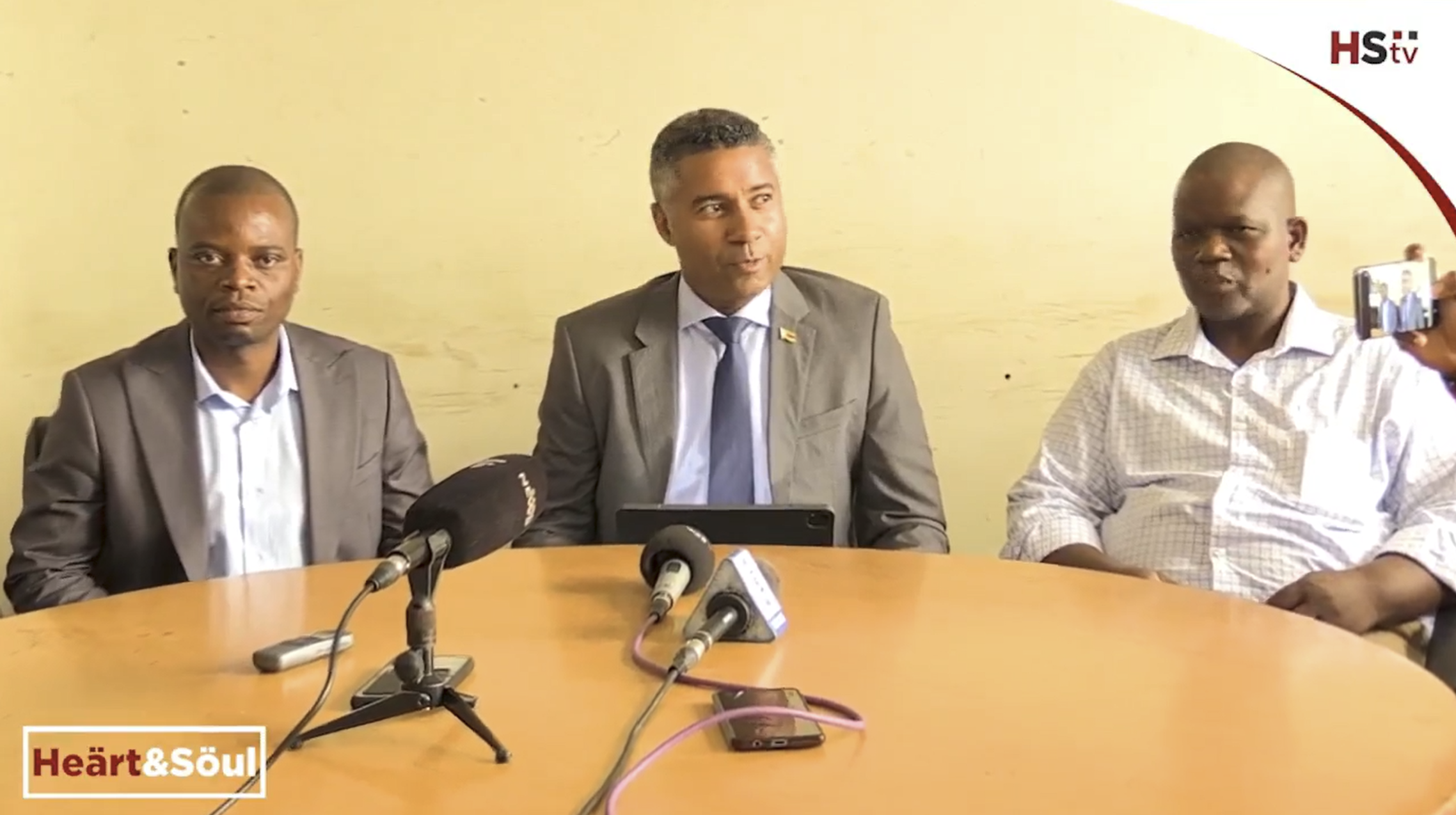A TEAM of corporate rescue practitioners working to salvage the struggling high-end clothing chain, Truworths Limited, has uncovered a US$1 million financial shortfall during preliminary investigations.
This was revealed in a report submitted to the Master of the High Court this week.
The 67-year-old retail giant, once a leading counter on the Zimbabwe Stock Exchange, was placed under voluntary receivership on August 7, 2024, following a special resolution by its board.
The move aims to rescue three of the company’s major brands — Truworths, Topics Stores, and Number 1 Stores — as well as its manufacturing arm, Bravette Manufacturing Company.
According to the 28-page preliminary report titled Corporate Rescue Practitioner’s First Report to the Master of the High Court by Crowe, the appointed corporate rescue practitioners, Truworths’ total liabilities as of August 7, 2024, stood at US$2 534 691, significantly outweighing its total assets of US$1 540 370.
- Triangle retrenches as economy bites
- Caledonia in US$42 million capex drive for 2025
- Mukuru launches mobile wallet in Zim to bolster financial inclusion
- Economy heads for a bloodbath: Biti
- NBS completes Glaudina housing project ahead of schedule
This left the company with a net liability of US$994 321, effectively rendering it insolvent. Truworths, which operates 26 stores across Zimbabwe, has been grappling with severe financial difficulties.
The report highlighted that the company’s cash resources amounted to just US$5 157, spread across several banks including: US$61 in CBZ Bank, US$147 in NMB Bank, and US$800 in CABS.
Despite these challenges, Crowe expressed confidence that Truworths could be revived into a viable business.
The report noted that some investors had already shown interest in the brand, one of the country’s most established.
“The group is technically insolvent with the initial statement of affairs indicating a net liability position of US$994 321,” Crowe said in the report.
“Eighty five per cent of the group’s sales are on credit. There is inadequate liquidity to fund the stock and the debtors book, resulting in suboptimal sales, which negatively impacts cash flows and ultimately the business could not meet the cash flow performance.”
The report further detailed how Zimbabwe’s volatile economic environment, marked by exchange rate and interest rate instability, had exacerbated Truworths’ troubles.
A capital raise through a rights issue in 2023 saw its United States dollar (USD) value halved due to a 100% depreciation of the Zimbabwe dollar during the offer period.
“The volatile economic environment, owing to exchange rate and interest rate instability, led to a reduction in the true value of products which were literally valued under replacement cost,” reads the report.
“In June 2022 there was a monetary policy statement which effectively stopped any USD-based lending and increased the ZWL (Zimbabwe dollar) interest rate to circa 200%.
“The group immediately stopped lending to customers (as the business model was no longer making sense) which resulted in suboptimal turnover and cash flows,” it further states.
Crowe also pointed out the detrimental effects of policies, such as Statutory Instrument 33 of 2019, which converted all US dollar balances to Zimbabwe dollar at a 1:1 exchange rate, significantly devaluing the company’s balance sheet.
Additionally, the failure to enforce laws banning the importation of
second-hand clothes has further hurt the clothing industry, as competition from the informal sector, which does not face similar regulatory compliance, continues to erode market share.
“Competition from the informal sector is not subject to similar regulatory compliance requirements,” Crowe noted in the report.
“The diminishing supplier base in the country left the group with no option but to import raw materials and finished products, which requires upfront funding in US dollars and long delivery times.
“On the other hand, the group credit sales resulted in prolonged cash flow cycles which could not be funded, resulting in branch closures and/or under stocking.”
Truworths’ troubles reflect the broader challenges facing Zimbabwe’s manufacturing industry.
In the clothing sector alone, the workforce has dwindled from a peak of 35 000 in 1996 to just 3 000 today.
Labour unions attribute this decline to the influx of cheap imports that have undermined formal retail trade.
About two weeks ago, Truworths announced it had entered corporate rescue under Section 122 of the Insolvency Act, a measure triggered by severe financial distress. This provision allows companies with a reasonable prospect of recovery to seek relief through restructuring. However, the insolvency may lead to job losses, with some employees already retrenched following the closure of several Truworths stores last year as part of cost-cutting measures.
“Of course, workers might be affected but I don’t have full information on that. As I said, we are still undergoing the due diligence process,” Crowe immediate assistant Raymond Sibanda told the Zimbabwe Independent recently.
“We will see the numbers and see what will be the outcome for employees. But so far, as far as the matter is concerned, employees are categorised as affected persons in terms of corporate risk.”













